Drawing mandalas can be a therapeutic and creative process that allows you to tap into your artistic side through simple symmetry and repetition of patterns. If you’ve always wanted to draw your own mandalas but weren’t sure where to start, you may want to create your own mandala template that can be used over and over again!
And if you’d like to skip the measuring and get started right away, check out my Mandala Drawing Workbook – a printable and digital-friendly resource filled with ready-made templates, grids, and trace-ables to help you draw beautiful mandalas with ease!
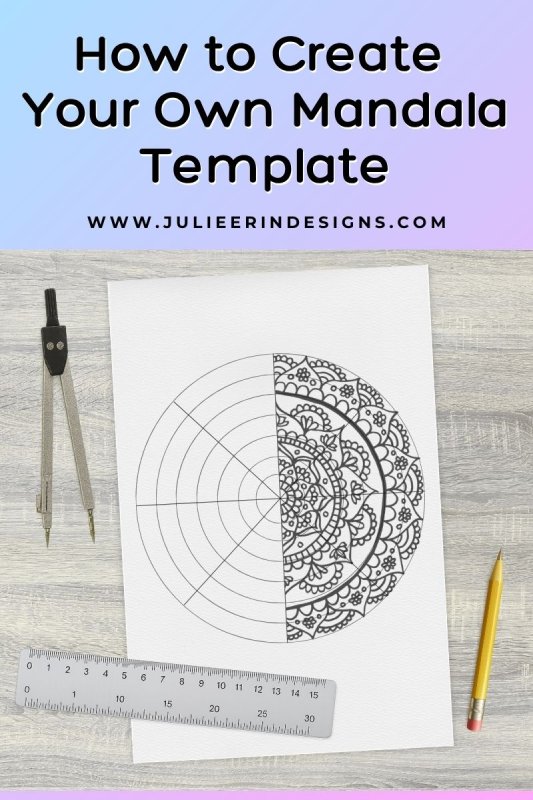
Whether you’re drawing by hand or using a digital tool like Procreate, this post will help you learn how to easily create your own mandala template from scratch.
Why Use a Mandala Template?
If you’re new to drawing mandalas, a template provides the structure you need to stay balanced and focused.
Mandalas are known for their circular symmetry and repeating patterns – but getting the proportions right can be tricky. A template can help you:
- Maintain symmetry
- Space your designs evenly
- Layer more complex patterns with confidence
And the best part? Once you create your own mandala template, you can use it over and over again to create endless mandalas with their own unique designs and patterns!
How to Create Your Own Mandala Template
You can build your mandala grid either by hand or digitally. Here’s how to do it the traditional way.
What You’ll Need:
- Paper
- Pencil
- Eraser
- Ruler
- Compass
- Fine liner or Sharpie pens
Optional:
- Protractor
- Thick paper or cardstock
Step 1: Draw a Circle
Using the compass, draw a large circle in the centre of your page. This will be the boundary for your mandala.
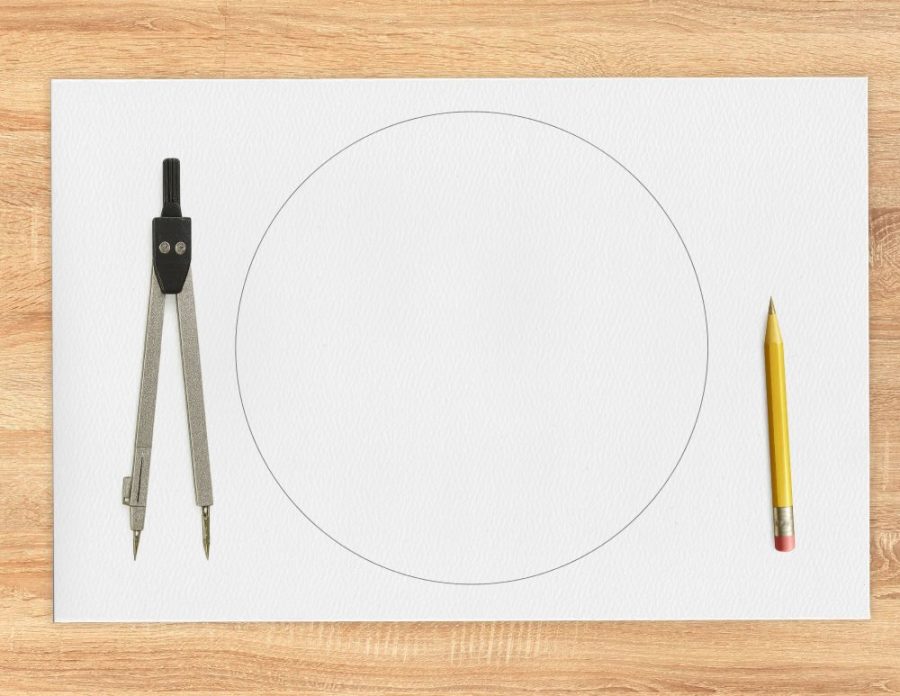
Step 2: Divide the Circle
Using the ruler, draw two straight lines that intersect at the centre to create four equal sections. For more detail, continue dividing the wedges until you have 8 or 16 slices, depending on how detailed you want your grid to be.
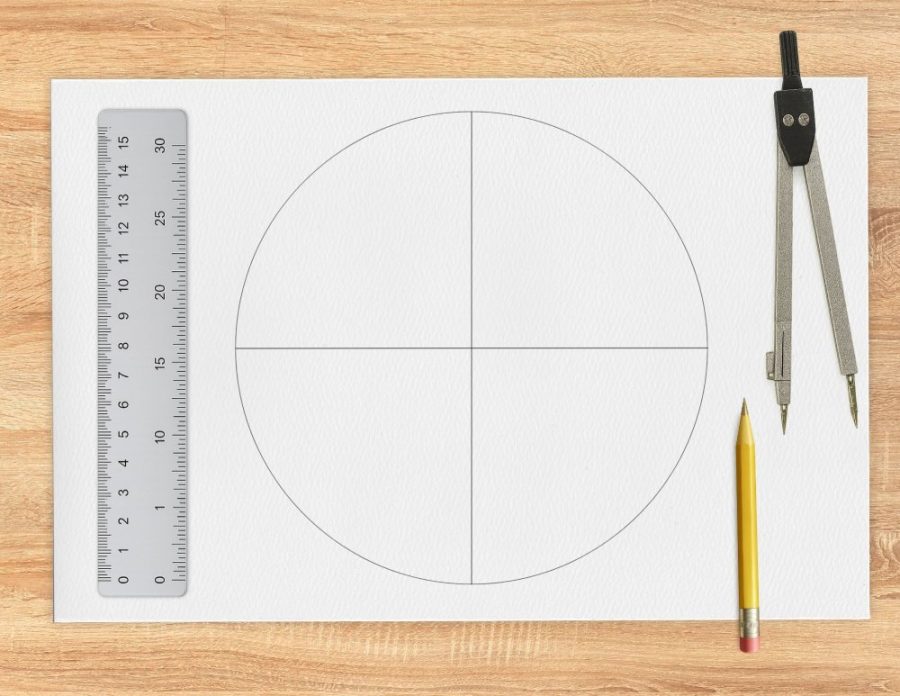
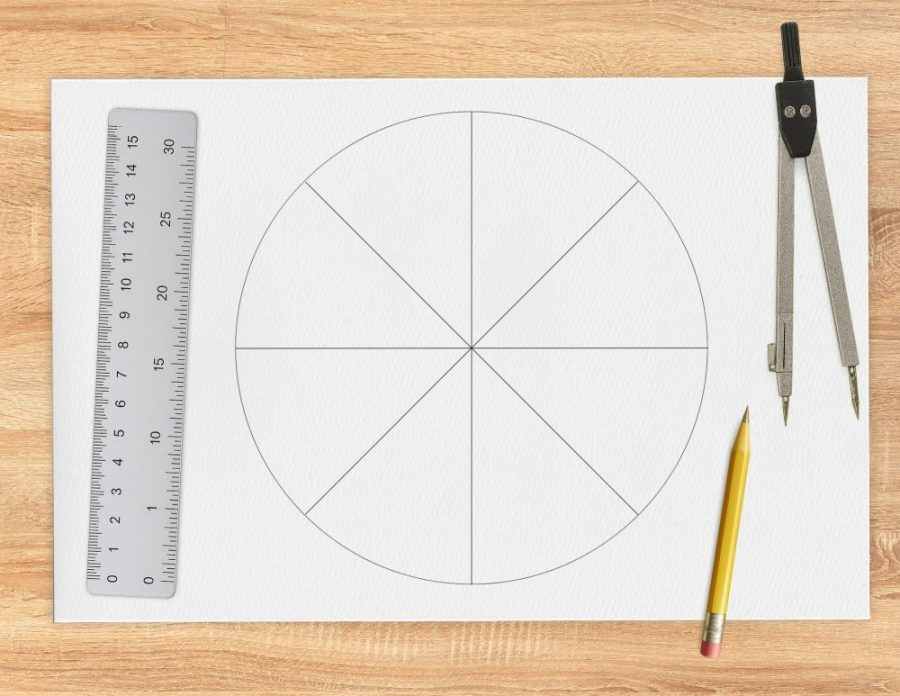
Step 3: Add Concentric Circles
With your compass, add smaller concentric circles inside your original circle, spacing them out evenly. These circles will serve as guides for the different levels of your mandala, helping you keep your patterns evenly spaced.
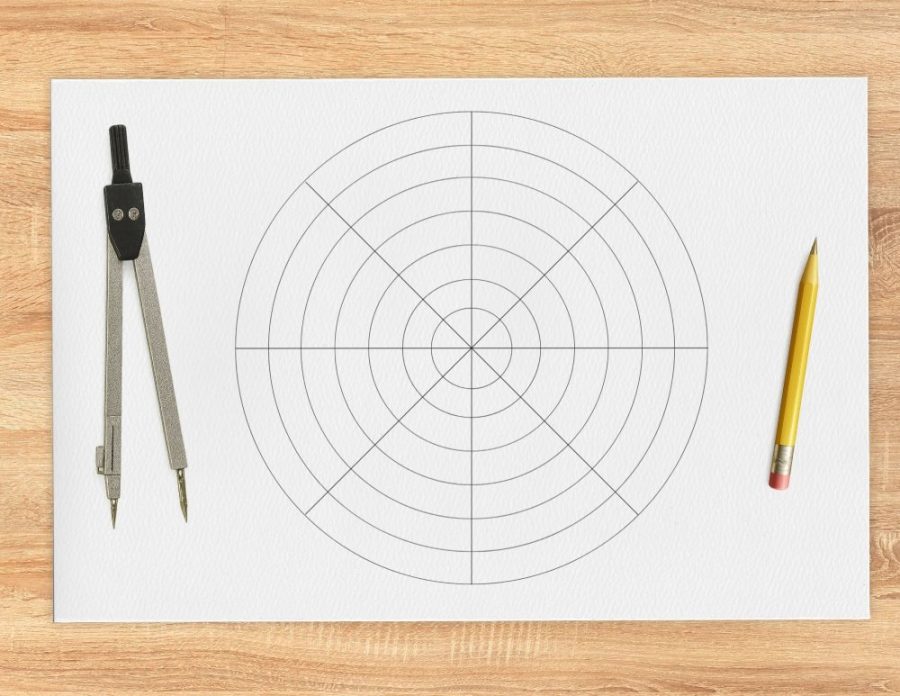
Tip: If you prefer to skip this step and get right into designing, you can download my Mandala Drawing Workbook which come with pre-drawn grids for you to use in both digital and hand-drawn artwork!
Using your Template
Once you’ve created your grid, you can begin drawing your mandala design! One of the best things about mandalas is that you can create patterns that are as simple or as intricate as you like.
Here are a few pattern ideas you can use to fill your sections:
- Geometric Shapes: Start with basic shapes like circles, triangles, or squares and gradually make them more detailed.
- Floral Elements: Add petals, leaves, and vines to give your mandala a natural, flowing feel.
- Abstract Patterns: Use dots, lines, swirls, and other abstract shapes to bring texture and movement to your design.
When adding patterns, remember to repeat them symmetrically in each quadrant to maintain balance. This repetition is what gives mandalas their signature harmonious appearance.
👉 Check out this blog post for more mandala art inspiration.
Finishing Your Template
Once your mandala template is complete, you can:
- Use it as a base to add even more detail (eg. more lines and circles to add complexity)
- Put it behind another piece of paper and trace it so you can use it over and over again
Start with a Ready-Made Workbook
If you’d rather skip the layout and get straight into the fun part – drawing and designing – check out my new Mandala Drawing Workbook.
It includes:
- 6 blank mandala grids (from simple to complex)
- 3 pages of pattern ideas and traceable motifs
- 15 beautifully designed mandalas to trace and colour
- Templates you can use digitally in apps like Procreate, or print out on paper
🛒 Click here to get the workbook now
Final Thoughts
Creating your own mandala template is a simple yet rewarding way to start your mandala drawing journey. With a solid framework and a bit of creativity, you’ll be able to design complex, symmetrical patterns that reflect your unique artistic vision.
Happy creating!



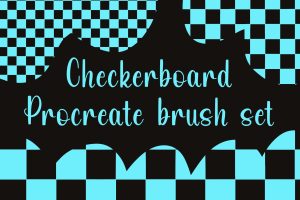

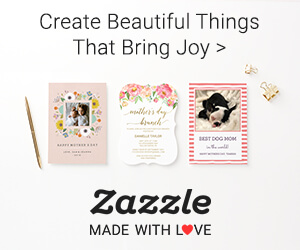

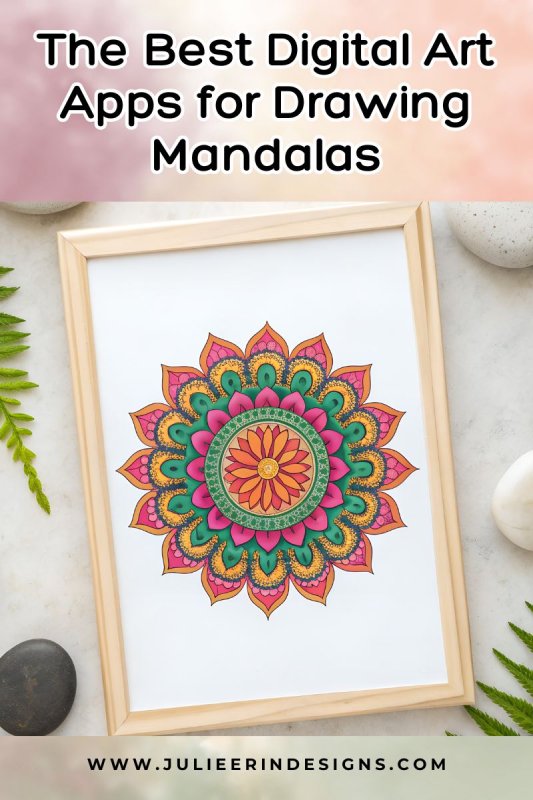


0 Comments